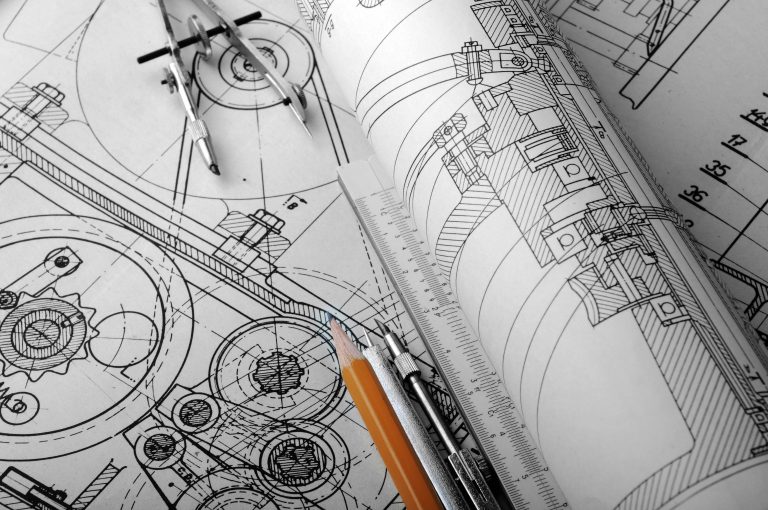What is the purpose of an industrial design?
December 11th, 2022
If you have an idea for an invention, you may need to create an industrial design to protect its unique appearance. However, this concept may seem nebulous to you. What are we talking about when we talk about an industrial design and what is its function? The following article will provide you with information on the subject so that you can protect your invention as best as possible.
What is an industrial design?
In fact, an industrial design presents the appearance of an object. In other words, it represents the characteristics of a product which will allow it to be easily recognized. It can be the outline of the hood of a car, the shape of a shoe, the interface of an object, etc. The idea is to represent the distinctive characteristics of the product. Most consumers are sensitive to the appearance and aesthetics of the products they buy, and it is this appearance that the industrial design will emphasize. A new industrial design is considered intellectual property, meaning that companies and individuals can obtain rights to an industrial design. The registration of this type of design with the Canadian Intellectual Property Office (CIPO) allows to obtain the rights. The design may be three-dimensional or two-dimensional and may include the colors that will be applied to it. This registration will grant an exclusive right that can last up to 15 years. This is important to defend your design against infringement. However, Canadian Intellectual Property Office (CIPO) will not monitor the exclusive rights or the market for possible infringement. If you are faced with this type of situation, you should consult an intellectual property professional who will advise you of the possible recourses.
What is the purpose of an industrial design?
As mentioned earlier, an industrial design will prevent competitors from copying your design. A registered industrial design could also be an interesting investment for you since it could attract potential investors. It is in fact an essential asset, just like tangible assets. As an owner of intellectual property rights, it is possible to license, sell or use the rights as collateral for a loan. Industrial design must be distinguished from patents, trademarks, and copyrights. A patent, for example, covers new and useful inventions such as a product, a composition of matter, an apparatus, or a process. It also covers new improvements to an existing invention. Trademarks can be composed of a word or a combination of words, sounds, or designs that serve to distinguish the product or service. As for copyright, it protects artistic works, whether they are literary, dramatic, or musical.
If you think that your invention idea requires an industrial design, do not hesitate to contact professionals in the field who will guide you through the essential steps to protect your intellectual property. They are there to guide you and help you make the best choices.





